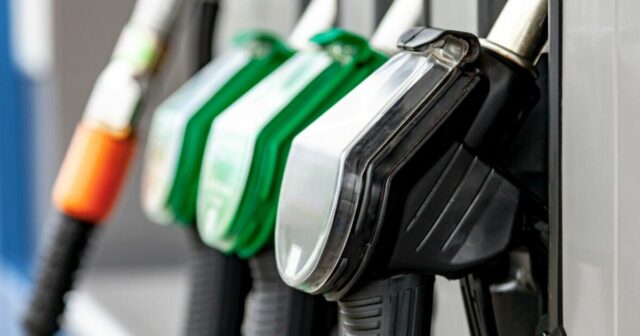Petrol and diesel owners can “improve fuel efficiency” by regularly checking their tyre pressures, according to motoring specialists.
Insurance broker ChoiceQuote revealed having the incorrect tyre pressures can “significantly impact” the amount of fuel drivers are using.
Having the wrong tyre pressures can increase resistance to the road surface and force cars to work harder, burning more fuel.
Tyre pressure machines are located at almost every petrol station meaning checking pressures can easily become a new routine.
Just a five-minute inspection can help drivers detect and solve problems early and keep valuable pennies in their pockets.
ChoiceQuote said: “Maintaining the correct tyre pressure should not only extend the life of your tyres and improve vehicle safety, but also improve your car’s fuel efficiency.
“Overinflated or underinflated tyres can significantly impact fuel efficiency because of having extra resistance to the road.”
Experts at Tyre Shopper have also revealed the importance of keeping tyre pressures properly maintained at all times.
They said: “Having the correct PSI will help you get more miles out of your fuel. This is due to under-inflation causing more friction between the tyre and road surface, which in turn has a negative impact on rolling resistance.
“This leads to the vehicle using more fuel in order to begin moving, which can have a major impact on your efficiency.”
It comes after a recent increase in fuel pump prices across the UK since the turn of the year.
Back in January, average unleaded petrol costs stood at 139p per litre but charges have since risen to 144.87p.
Average diesel fees are also up from 147.62p to 153.49p but RAC Fuel Watch analysis claims prices are not forecast to rise any time soon.
Motorists not wanting to stop at the petrol station to check their tyre pressures can do this from their own homes if they have the right tools in place.
ChoiceQuote added: “You can check your tyres at home by using a well-calibrated pressure gauge – this can be either manual or digital.
“Then, when the tyres are cold, to provide an accurate reading, remove the valve cap and insert the gauge onto the valve and push until it stops hissing.
“Then, check the reading and compare it to the recommended pressure for your vehicle and repeat this process for all four tyres.”





